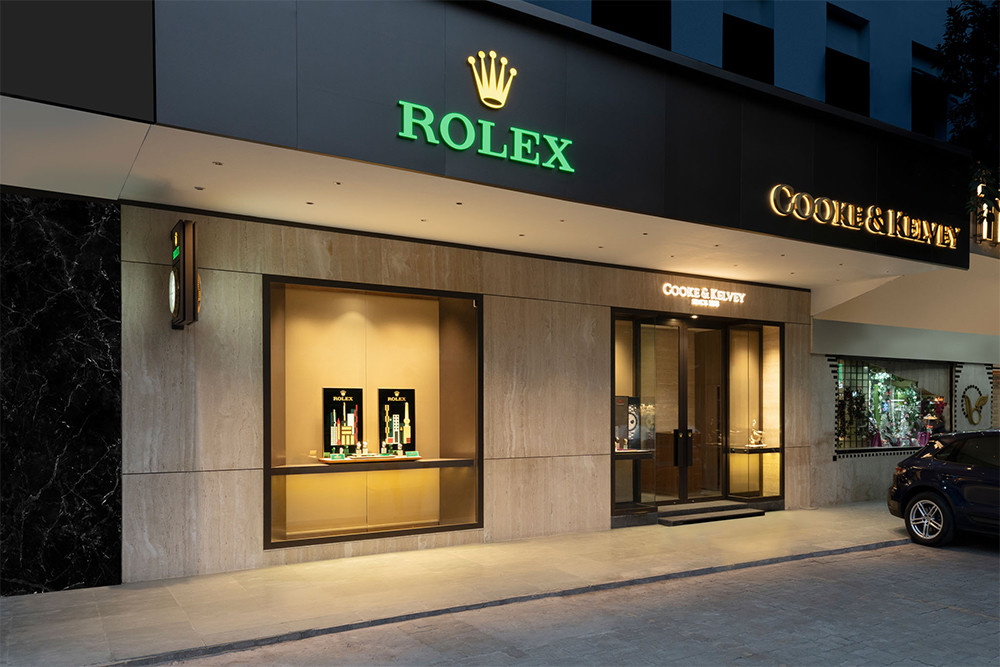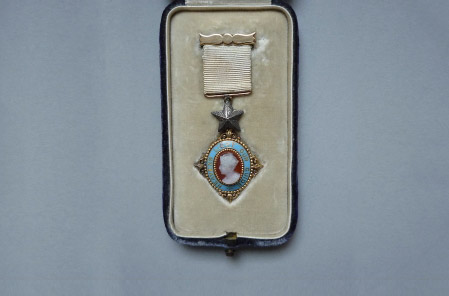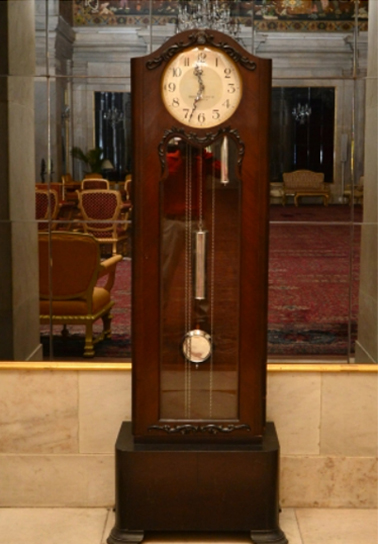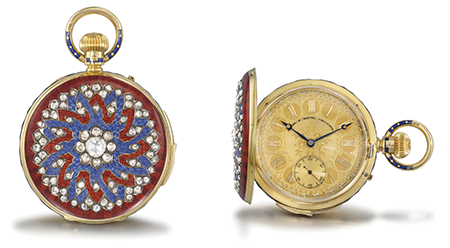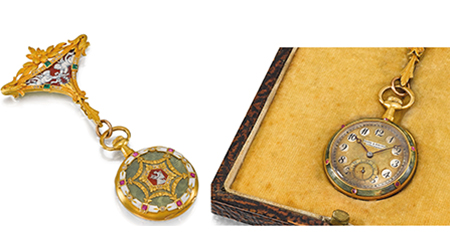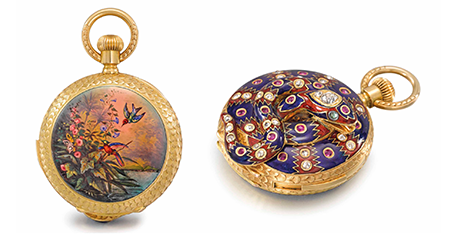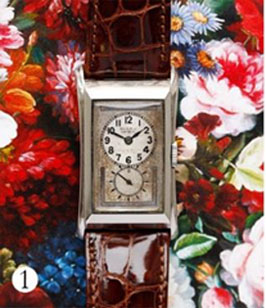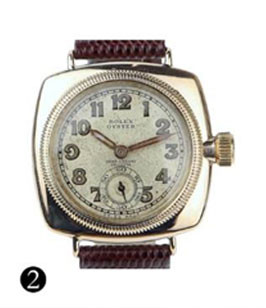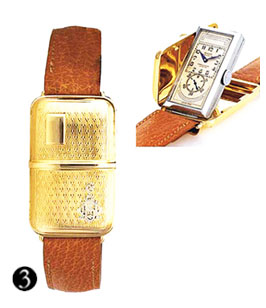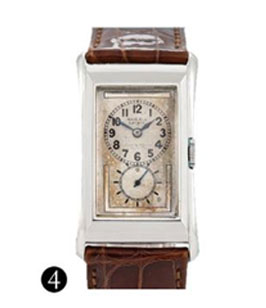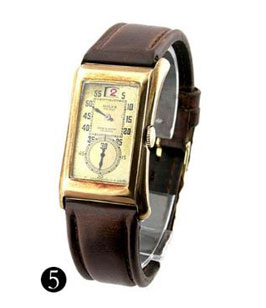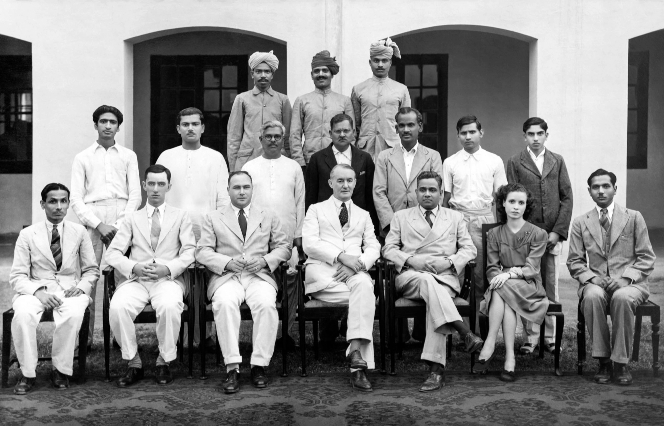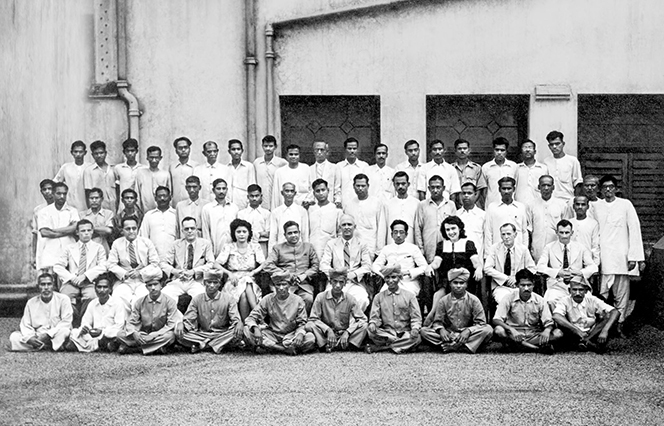
Source: Cooke & Kelvey Archive
1858
: The Beginning
The story of Cooke & Kelvey dates back to a historic moment in time when the embers of the Great Indian Mutiny were rapidly losing its flare. Established in 1858 on the pillars of quality, commitment & craft, Cooke & Kelvey came into existence in Calcutta (present day Kolkata) as a partnership firm of Pearl and Diamond Merchants, Watchmakers, Jewelers, Gold & Silver Art Workers.
From its inception,
From its inception, Cooke & Kelvey products held a pre-eminent position for its quality and craftsmanship. A result of this, in 1869, they were appointed Jewellers to Governor General Lord Mayo & thereby to Her Majesty Queen Victoria’s Government in India. Thereon, they continued to receive this favor of appointment from every succeeding Governor General & Viceroy of India, including the last viceroy,
Lord Louis Mountbatten.

Source: Cooke & Kelvey Archive
Cooke & Kelvey Pieces at The British Museum
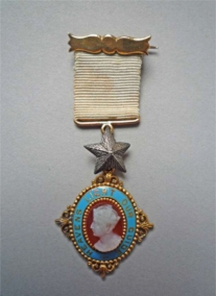
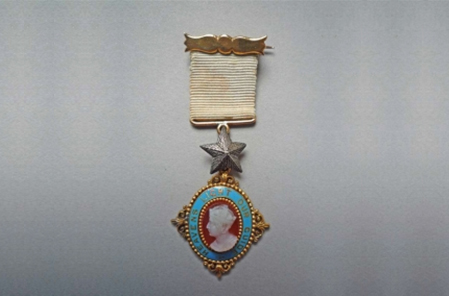


Source: Cooke & Kelvey Archive
Excelling in the art of jewelery, silverware and watchmaking Cooke & Kelvey, quickly gained popularity in the Indian subcontinent. As business thrived it opened three more branches in Delhi, Shimla and Lahore (in present day Pakistan). With its luxury showrooms located strategically, Cooke & Kelvey gained the patronage of the opulent Princely states of the subcontinent who were in subsidiary alliance with the British crown.
1870 TO 1910:
Clocks & Pocket Watches
In the history of watch making too Cooke & Kelvey held a prominent position in India. Records indicate that the first Cooke & Kelvey branded quarter repeating pocket watches were received in Calcutta, from Cooke & Kelvey, London, in the early 1870’s. Till the advent of wristwatches, Cooke & Kelvey remained the most coveted name in master crafted timepieces in British India. Its range of personal watches & clocks, case stamped in England, boasted some of the finest swiss movements, including that of the master watchmaker Audemars Piguet.
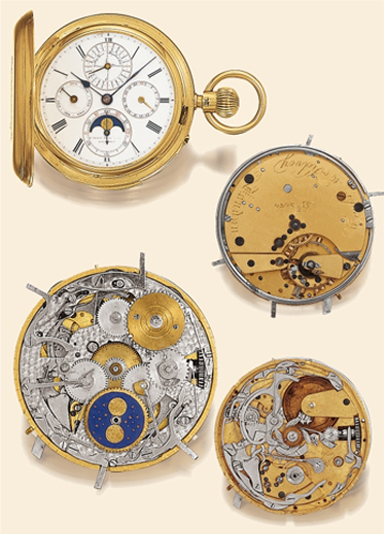
Source: Antiquorum, Geneva, 11 Oct 2003 Auction; Lot #155
An example is the Grand Sonnerie Carriage clock of 1899 vintage, by none other than the French Victorian Master, Henri Jacot, which surfaced for sale in Devon UK, in 2010. It bore the label of the retailer under its original carrying case – “Cooke & Kelvey, Watch, Clock & Chronometer makers to H.E., The Viceroy Governor General of India.”
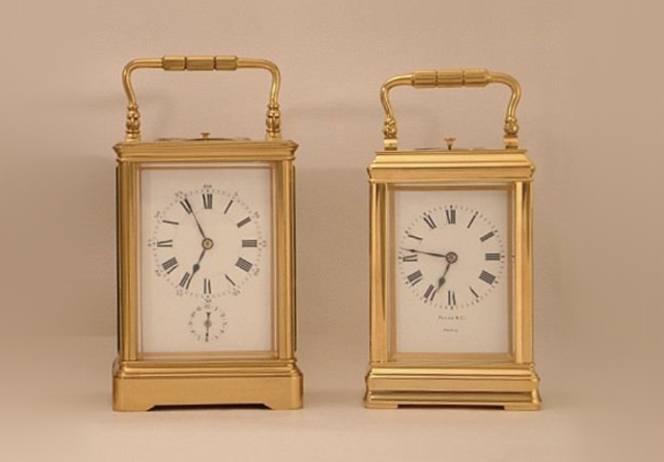
Source: Cooke & Kelvey Archive
A Cooke & Kelvey bracket clock
- incorporating hourly animatronic (every hour, a timekeeper emerges from the upper deck of the clock to strike a gong as many times as it is the hours of the day) - still mesmerizes visitors at the Salar Jung Museum in Hyderabad, where it was shifted from the Nizam’s palace in 1951. The bespoke piece of art & engineering was commissioned personally by the Nizam of Hyderabad.
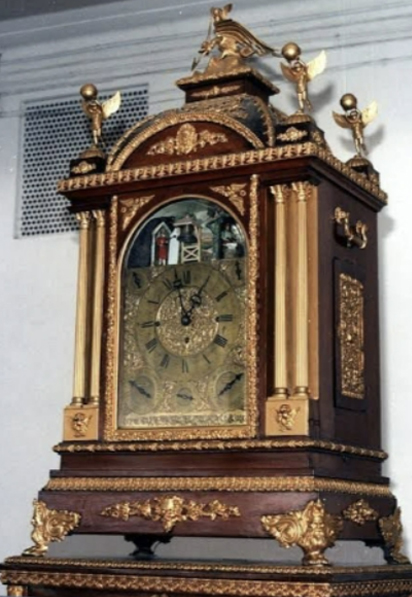
Source: NA
Yet another prized &
still-on-steadfast-duty is the Longcase Clock that was made in England bearing the marking “British Clock Enfield by Cooke & Kelvey, Calcutta” at Ashoka Hall in Rashtrapati Bhavan (Residence of the President of India), New Delhi.
The Cyclopedia of India: Biographical, Historical, Administrative, Commercial (Volume 1, 1907), places Cooke & Kelvey on record as a premier source of public installations as well:
A Glimpse of C&K Pocket watches & Clocks sold at auctions
1910 to 1930:
Wristwatch Advent in India
A grand imperial spectacle – the Delhi Durbar of 1911 (7 to 16 December) – galvanized a rare assemblage & convergence of practically every India ruling prince, nobleman, grandee & patrician along with thousands of the landed gentry who were invited to attend the commemoration ceremony of the coronation (in May that year) of George V as King – Emperor of Great Britain.
The Emperor and his Empress consort where both present in Delhi on this occasion. The royal event offered a unique platform for the world’s most esteemed luxury brands to showcase their treasured collections. Apart from other leading names, records clearly show that French jeweler & watchmaker Jacques Cartier, himself spent a rewarding 10 days at the Durbar in Delhi.
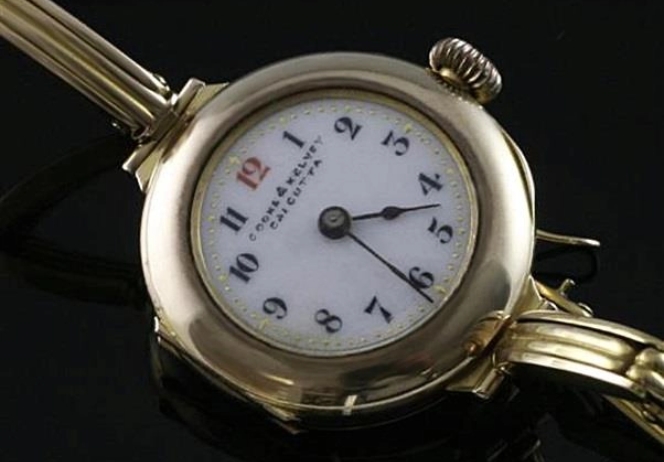
Source: Cooke & Kelvey Archive
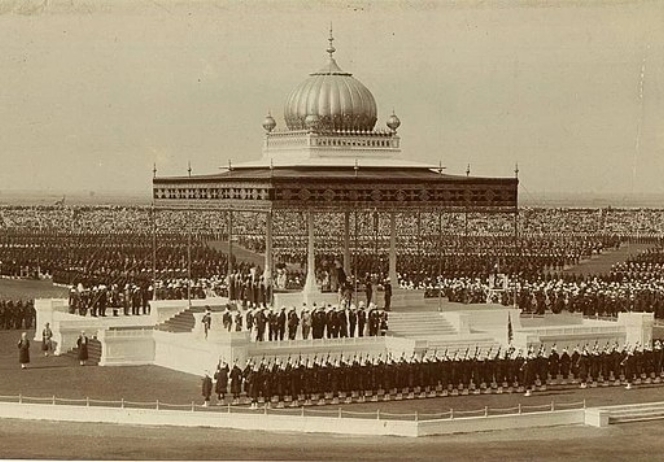
Source: Old Indian Photos
Cooke & Kelvey, too, asserted its presence at the Durbar through its highly favored establishment in Delhi (then located within the walled city, near Kashmiri Gate). The first evidence of the firm having inched from the Pocket towards the wrist emerged by way of a Lady’s Swiss 15ct Gold offering which was showcased during the Durbar – its dial dually bearing the signature ‘Cooke & Kelvey, Calcutta.’
Clearly, the above wristwatch constituted Cooke & Kelvey’s baby step towards riding the crest of a revolution that was in the making in Europe. In hindsight it turned out to be a mere experiment. Cooke & Kelvey could never go alone with wristwatches.
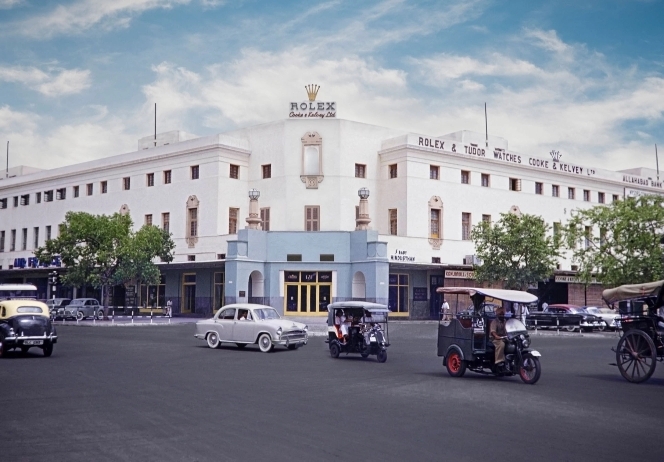
Source: Cooke & Kelvey Archive
It would take another decade plus, and the foresight and stewardship of the Directors, to lead Cooke & Kelvey to the doorstep of Hans Wilsdorf in Geneva. Antiquorum Geneva has pertinently observed:
“The golden period in India of wristwatches goes back to the first years of the second decade of the Twentieth Century. Notwithstanding the decorative aspect, which was less prominent than in pocket watches, its practical aspect convinced people that the wristwatch is above all an instrument for measuring time, and that it could also be a fashion accessory.”
India’s wait till “the second decade of the Twentieth Century” was largely because of World War I. After hostilities ceased, Cooke & Kelvey’s management travelled to Geneva and gained the enduring favour of a numero uno – Rolex, for the Indian market.
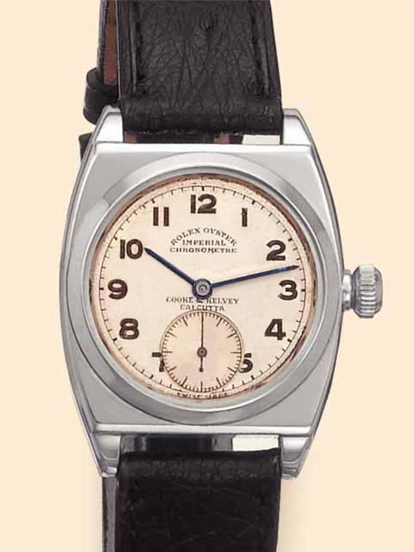
Source: Geneva,24 Apr 2004; Ref.#3116
Whether driven by conjecture or mere speculation, there is a school of thought that attempts to explain differently, why Rolex’s Oyster Waterproof masterpieces became such a rage in the eastern realms of Britannia.
Back in the late 1920s and 1930s, the Oyster was perceived as the ultimate fashion statement which could also combat the heat and humidity of the tropics – particularly in the more climate-harsh reaches of the British Empire. Consequently, compelled by overwhelming demand, Rolex concessionaires started emerging in the dominions like India, Burma, Malaya and Hong Kong as early as in the 1920s.
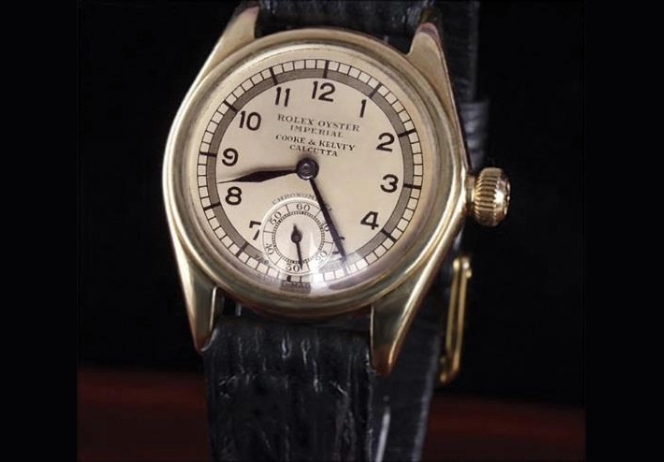
Source: Case Study done by Mr. Yves Meylan of Rolex SA
Rolex aficionados the world over may be overly familiar with Rolex dials co-signed by Tiffany and Serpico Y Laino, but there were a lot more retailers across the world who sold and serviced co-branded Rolexes (mostly from the 1920s to 1940s). These privileged co-signee were located in Venezula, South Africa, Rhodesia (now Zimbabwe), Australia, New Zealand, England, Scotland, Cuba, Singapore and India, among others.
The dials of the first lot of Rolexes that arrived in India bore the co-signature of Cooke & Kelvey, Calcutta. Based on the available records backed by supporting refrences, Cooke & Kelvey’s retailing of Rolex classics in the Indian subcontinent and British Malaya covered the Prince “Railway”, Prima, Oyster Extra Prima (the earliest by recorded date), Prince Jump Hour, Sporting Prince Chronometer, Gold Hunter, Oyster Imperial Chronometer and Oyster Imperial.
1947 & Beyond:
Not All Glory is Fleeting
A brand which commands respect till today, Cooke & Kelvey has seen a glorious past. The allure of C&K continues to this day with connoisseurs world over collecting heritage C&K creations. As we look to the future our dedication to serving our customers by upholding our long-standing tradition, heritage and commitment to quality remains steadfast.

